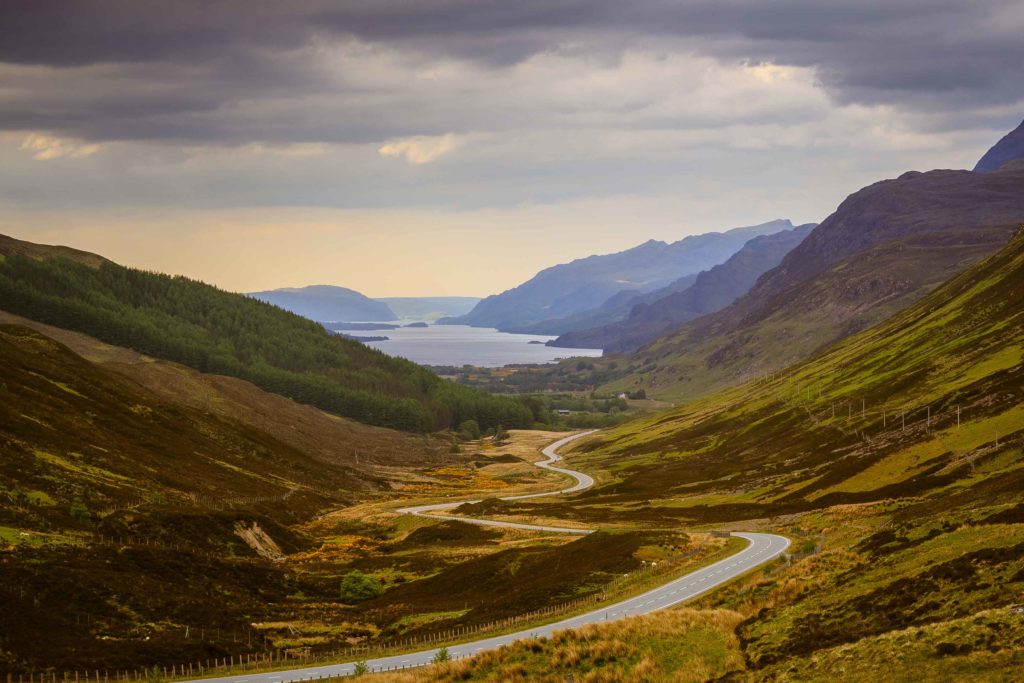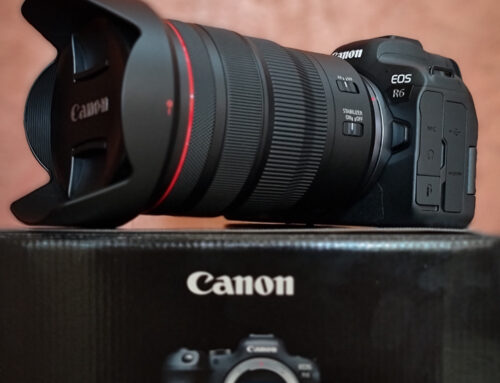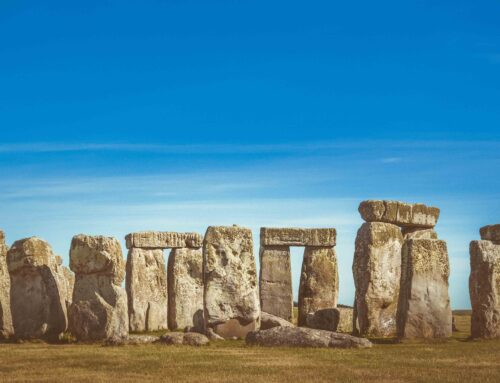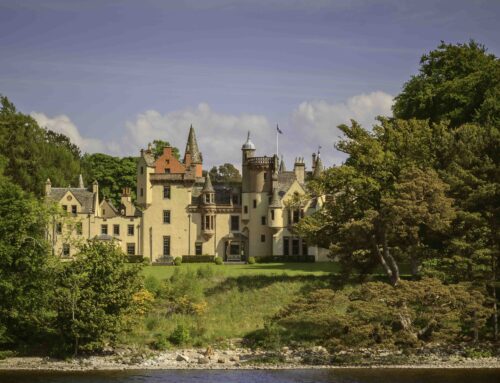Do you wish to take good photos but not yet sure about how to manage exposure…the go-to mode for you is The Program AE.
AE denotes Auto Exposure. The best shutter-aperture combinations are calculated by the camera to attain an ambient exposure for each image.
While you don’t get stressed thinking about managing exposure, the Program AE allows you to explore many camera features, helps upskill you from a beginner (when you have been either using the Full Auto or other Scene/Creative Auto Modes) to an enthusiast. If you observe the exposure values that camera is picking up and study its effect on the final image… thats camera’s way to teaching you exposure..
Program AE is the stepping stone into the world Creative Photography.
But you are not totally at your camera’s mercy when it comes to managing exposure. If your N*(Nikon) camera allows you change this mode to P* from P or the C*(Canon) camera allows you change the aperture value from the default wide open to any other then you will be able to influence either the shutter value. If you do not have this feature, you can still influence the shutter-aperture selected by the camera by tweaking the ISO value. The trick is – Never leave the ISO at Auto. It is always best to work through you ISO starting from the minimum 100 depending on what target Shutter speed you aim to reach.
The caveat – If you have a lens with traveling aperture. Aperture is going to constantly change as the focal length change when you zoom in and out (due to framing and composition requirements) for every shot and as a result of this the exposure values are going to constantly change as well. This effects how well the image is lit and depth of field.
Traveling Aperture?? If the maximum open aperture changes with change in focal length.
The common kit lens 18-55mm with aperture range of f3.5-5.6 is f3.5 at 18mm, f4 at 24mm, f4.5 at 35mm, f5 at 45mm and f5.6 all the way to 55mm. Recognize and Understand how this caveat is going to affect the images you plan to make. I will elaborate on this topic in a different blog.
I did state in the beginning that the Program AE allows you to upskill you from a beginner to an enthusiast…How?
The exposure is managed by the camera but you can still leverage the ISO and/or exposure compensation to influence/manage exposure. How does this help you. It allows you to experiment. Observe the shutter speed/aperture values the camera sets for a particular image. See how the image is exposed due to these values.. Now influence these values and see how the image’s look and feel is different now.
Note: If you are out exploring exposure….just learn that. Dont mix up exposure change practice with that of change to white balance. Mixing up concepts when none is well understood isn’t the right way to learn. It might get overwhelming and dilute the essence of what you plan to learn.
Question – what Other parameters are you at liberty to change while in the Program AE?
Answer – Almost everything else.
You can pick any of the preset White Balance to manage the Colors in the image. If you aren’t too sure which one to pick or don’t have the time to change the WB..set it to Auto White Balance. Note this is “Auto”, meaning there is a chance that the camera might not do it right all the time. Dont blame the camera if colors don’t look accurate if you have set WB to Auto.
What next!!
Change the Picture Style (C) or Picture Control (N) if you are shooting in JPEG format.
Select among the focus point configuration — Single, Zone, Area, Full, 3D tracking depending on the make/model of your camera.
What more??
How about playing with your flash!! How about learning how to manage flash exposures!!!
Stay on Auto “iTTL/eTTL” flash if you are not confident. For the folks who want to step out of their comfort, get a hang of the various Manual Flash outputs. Now combine Manual Flash output settings with Flash Exposure Compensation to become productive and dive into the world flash photography. For the folks who need to step up further..combine the ambient exposure with that of flash exposure to get awesome images.
Let’s move on…
Explore the Metering modes – Matrix (N) / Evaluative (C), Spot, Partial (C only), and Center-Weighted.
Change your AF drive if you are shooting a still subject or a moving; One Shot / IA Servo (C) : AF-S / AF -C (N) in combination with the Shutter Drive aka Burst from Single shot to High Speed continuous etc., when your subject is Still vs Moving.
Also learn how Auto Light Optimizer (C) / Active D-Lighting (N) helps you manage shadows.
Finally, if you want to start exploring post processing..change your image format to RAW.
We can change a lot of functions and learn how they affect your images without worrying about getting bad exposures in Program AE.
In my photography programs, one earns valuable in-sights into how Program AE in combination with various features of your camera can help you achieve amazing images every time..







Thank you so much for this blog! It’s very well summarised. It’s like the recap of the whole course.
You are welcome, Nidhi..